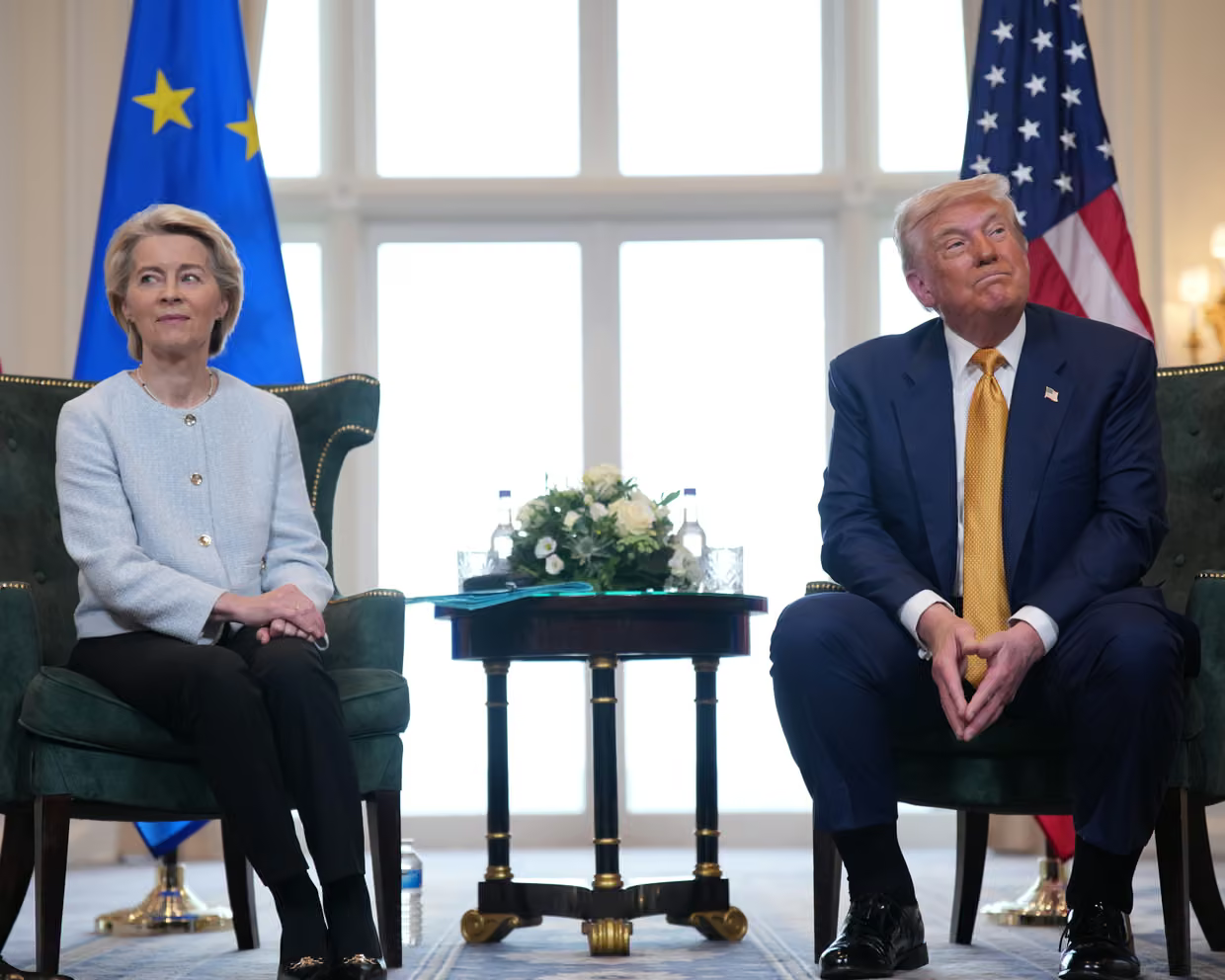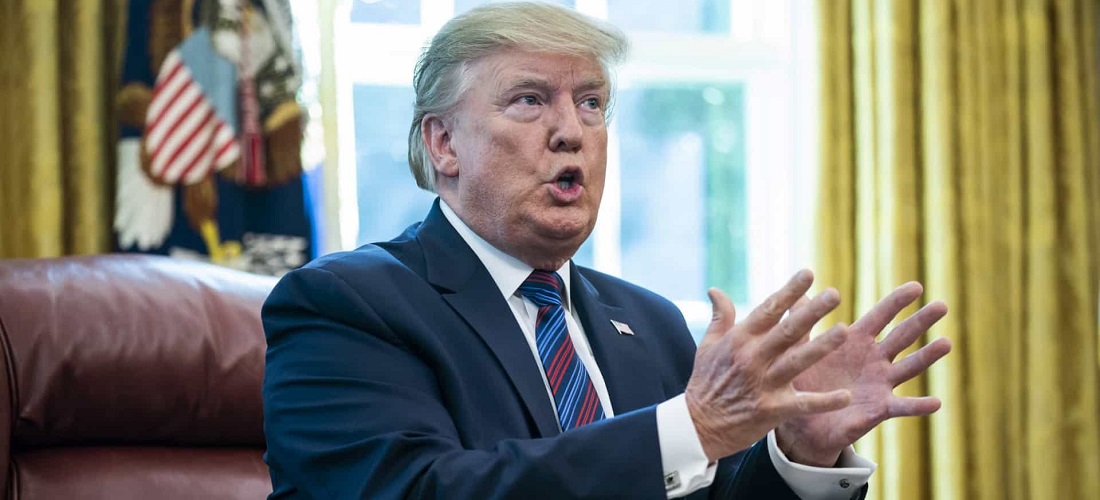After an extended period of private negotiations and intense diplomatic pressure, the United States and the European Union have formalized a new trade accord. The deal, which introduces a unified 15% tariff on most EU-manufactured goods entering the US, is billed as a step toward greater predictability and mutual benefit within one of the world’s most important economic partnerships.
Key exceptions and unresolved sectors
While the simplified tariff regime promises transparency for exporters and multinational corporations, the reality is more complex. Key strategic sectors, including aerospace, select chemicals, and generic pharmaceuticals, are exempted entirely, reflecting unresolved issues and the ongoing influence of national interests.
Concessions and reciprocal benefits
In return, the EU has committed to removing its own import tariffs on a wide range of US industrial products and expanding market access for American agricultural exports. Agreements for EU-based buyers to boost procurement of US energy and invest in strategic American industries add further dimensions to the pact, signaling an effort to reinforce transatlantic ties amid increasing global competition.
Context of escalating tensions
This agreement did not emerge in a vacuum. It follows months of tariff threats, market volatility, and public warnings from both sides about the risk of an all-out trade war. According to officials familiar with the talks, the urgency reflected not only economic considerations but the need to provide businesses with clear guidance and to avoid further disruptions of supply chains already under strain.
Open issues and the road ahead
However, for all the headline progress, critical issues remain unresolved. European steel and aluminum will still face a punitive 50% US tariff, and neither side has reached a final consensus on environmental standards or regulatory enforcement mechanisms. These negotiations are expected to resume in the coming months.
Implications for businesses
For business leaders and investors, the new framework represents a welcome reduction in uncertainty and a clearer environment for medium-term planning. Still, significant questions linger regarding the durability of the arrangement and the potential for renewed friction. For now, the world’s largest trading partners have pressed ‘pause’ on escalation, but the broader contest for influence and advantage is far from over.
Contact us today through our WhatsApp to discover how we can help you achieve success in the United States. Together, we can turn dreams into reality.
Information source: thehill.com | cbsnews.com | abcnews.go.com | the-express.com | whitehouse.gov



